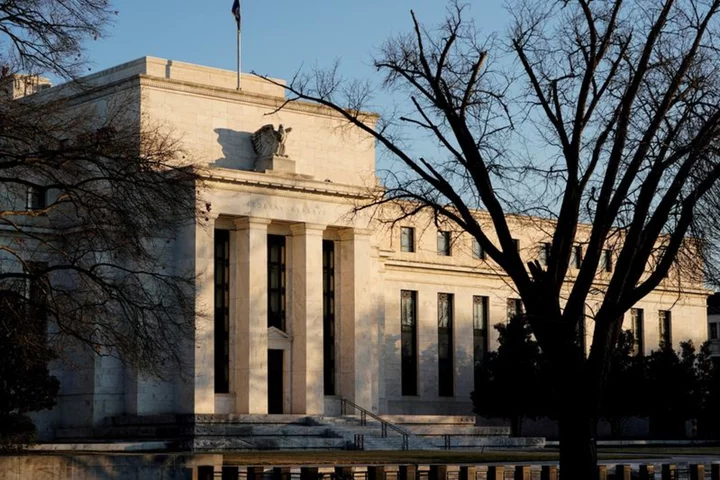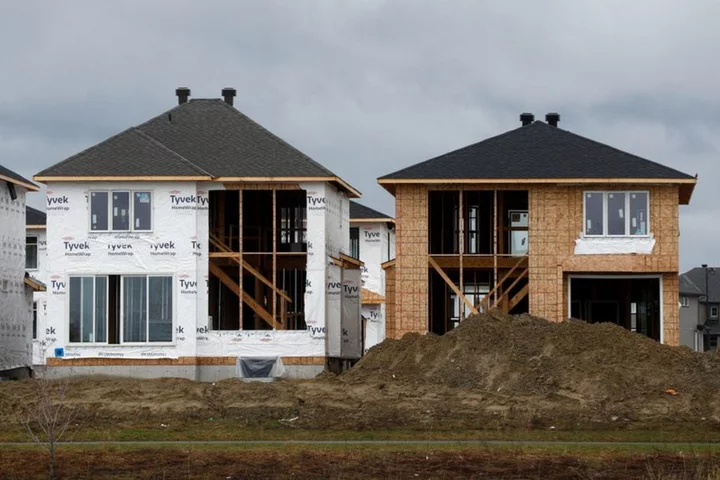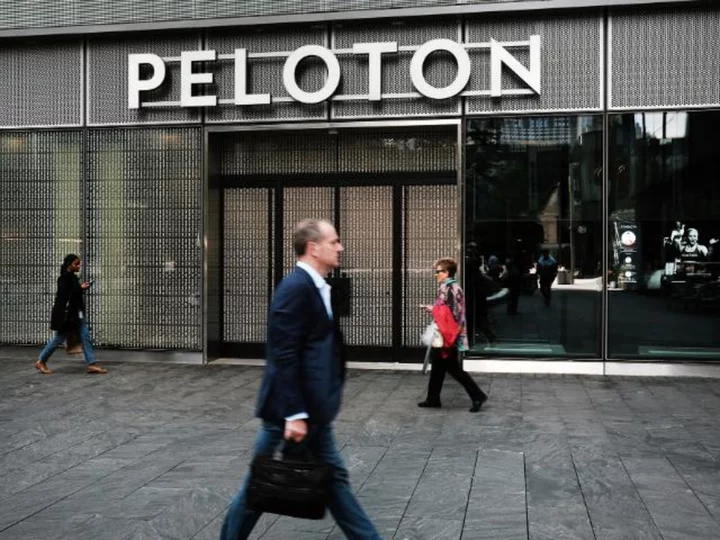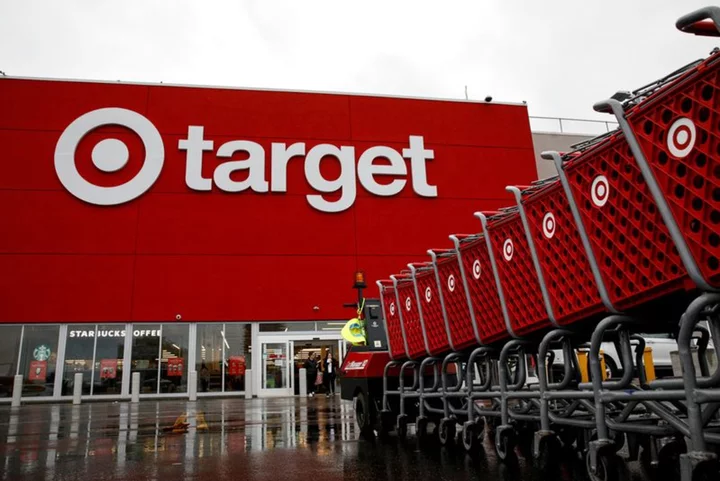By Howard Schneider
WASHINGTON As families in the U.S. prepare to gather for their Thanksgiving dinners next week, food prices have largely flatlined for months, gasoline prices are about 10% lower than a year ago, and the average cost of much of what goes into a shopping cart has been roughly unchanged for a year.
But the steady ebbing of inflation hasn't translated into good news for either President Joe Biden or the Federal Reserve when it comes to public opinion. Attitudes towards both have kept slipping in light of one unchanging fact: Stuff remains pricier than it was before the coronavirus pandemic, and will likely stay that way.
"Inflation falls ... but prices don't come down. They're just going up at a slower rate," Fed Governor Christopher Waller said last week when asked at a research conference about common public misconceptions. "What people have in their mind right now is ... prices to go back to where they were in 2021. That's not going to happen. These prices are probably there forever."
The White House and the Fed got some good news on Tuesday when the latest inflation data showed that prices overall did not increase between September and October, a rare reprieve from the steady climb that has cut about 15% from the U.S. dollar's purchasing power since Biden took office in early 2021.
There are reasons, too, to think inflation might continue to ease.
Though housing cost increases are proving more persistent than expected, economists at the Fed and on Wall Street are confident a turn lower is coming in a sector that accounts for a big portion of the consumer price index. Moreover, recent inflation has been driven by services items, such as auto insurance and video streaming, that will likely prove to be one-off adjustments, with insurers, for example, raising premiums to account for earlier vehicle price hikes that have leveled off.
Yet Biden's disapproval rating has risen to 56%, according to a Reuters/Ipsos poll in early November, and has been above 50% since prices began to steadily rise as the economy emerged from the pandemic. Earlier surveys found about 60% of respondents disapproved of the Democratic president's handling of inflation and 56% of his handling of the economy overall, though the results showed a heavy partisan slant. Even with a still-low unemployment rate, 46% of respondents disapproved of Biden's stewardship of the job market while just 41% approved.
The results have not been much better for the Fed. A September Gallup poll found a record 25% of respondents gave the central bank a "poor" performance rating. Only 36% said it was doing a good or excellent job, the worst such reading in a decade.
'HARD TO CHANGE'
The findings reinforce a fact that has dogged public officials for decades. When it comes to basic household economics, the public's memory of bad news is slow to recede.
For example, through the wild pandemic ride of shutdowns, government stimulus payments and rapid price hikes, inflation-adjusted incomes as of this past September are about 6% higher than they were in January 2020, on the eve of the COVID-19 outbreak. The drop in the dollar's purchasing power, in other words, has been more than offset by fatter wallets.
Yet surveys show continued skepticism about what's ahead. Inflation expectations have fallen, according to a New York Fed survey but remain well above the central bank's 2% target. The same survey showed a larger share of people, nearly 31%, expect their household financial situation to be worse a year from now than the 28% who expected it to be better off.
General optimism was the rule before the pandemic, with responses of "somewhat" and "much" better off typically two to four times that of those who expected things to get worse.
But the mood became persistently pessimistic as inflation accelerated - with the shock, for instance, of a 20% rise in food prices from March 2021 through 2022 more resonant than the fact that food costs have been nearly unchanged in 2023.
"Once these attitudes are established, they are hard to change," said Jeff Jones, a senior editor at Gallup. "We have seen other times when the economy was bad. The negative evaluations persist and need a pretty long period of consistently good economic news" to shift back.
SHIFTING FOCUS
While Biden faces a reelection in a little under 12 months, the Fed prides itself on being immune from the influence of elected officials and public sentiment.
After roughly two years when the focus has been squarely on inflation, attention may start to shift if economic data continues in the current direction of slowing inflation and weaker job growth.
Both Waller and Fed Governor Lisa Cook took note of the public mood last week in similar comments about the expectation for prices to fall, which they don't frequently do.
But if inflation readings continue to show a slowdown, the Fed could put more weight on sustaining the strength of the job market. Indeed, after the release of the CPI data on Tuesday, investors boosted bets on rate cuts beginning next spring.
"Seeing as prices will never come back down ... then the only way to win back the hearts and minds of the public is to make sure real incomes rise enough," Derek Tang, an economist at Monetary Policy Analytics, wrote ahead of Tuesday's data.
"As long as inflation does not rise again ... the (Fed) might opt to make sure the real side remains healthy enough to generate income growth to let spending power catch up."
(Reporting by Howard Schneider; Editing by Dan Burns and Paul Simao)









